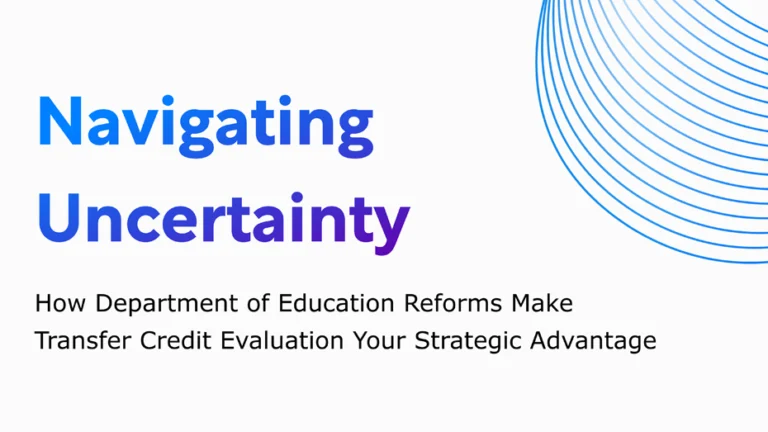Initially a tool to shore up manufacturing procedures, process mining is now a practice used by nearly every industry. Analysts expect the process mining software market to reach $10 billion over the next seven years. Despite its growing adoption, many organizations are still missing the magic bullet: simulation modeling.
Process mining and simulation modeling go hand in hand. One analyzes past behaviors: process mining analysts comb through records and logs to assess what happened. Simulation is a more forward-thinking approach aimed at predicting how future trends or potential changes will impact your organization’s processes.
What is process mining?
Churning through a modern organization is a sheer infinite amount of process data. Many businesses are unaware of issues bubbling beneath the surface. More interconnected than ever, the amount of data can be impossible for a casual observer to decode. It’s the reason why companies bleed 20–30% of revenue each year, simply due to issues with inefficient processes that they’re unable to observe.
Process mining seeks to plug the revenue drain by leveraging event logs to analyze process flows. These logs are often hidden in the cobwebs of a software platform, but smart process miners bring this data to light for audit and analysis. Process logs compile records like:
- How long a specific event takes a user to complete
- How much time elapses between events
- Frequency of events
- The sequential order of processes
- Frequency of outliers or unexpected process paths
The data can help identify ways to improve and enhance processes by uncovering information like:
- Which users or employees are not following standard processes?
- What processes frequently require manual intervention?
- Process mining can generate marketing funnel insights, like what website behaviors most likely lead to a high sale or the fastest sale.
- Why do some orders take longer to process than others?
- Are users reaching a goal event through an unexpected path?
Armed with this information, your team can determine the small or big changes needed to optimize your most important processes. How can you predict how these adjustments will impact the overall picture? By using process simulation.
Looking toward the future with simulation modeling
To boldly expand frontiers, you can’t just send a rocket ship out into space and cross your fingers: NASA knows a thing or two about how to run simulations and prepare for the unknown.
NASA builds simulations of the possible conditions facing every mission. In these virtual playgrounds, they can test different scenarios and experiment with alternate action plans. They can identify what processes are the safest, the most cost-effective, or the most optimal.
Processes are more complex and entwined than ever. It’s like wiggling one end of a rope. Even the slightest change in force impacts the height and frequency of the wave pattern on the other end. Simulations help prevent unintended consequences on the far side of your system. You can adjust parameters and prepare for the unexpected. In many cases, you can perform a simulation in mere minutes to empower your team to make quick, agile decisions to win today’s market.
Take an airline reservation platform, for instance. Sandwiched between Thanksgiving and Christmas, early December is typically a light travel period. If you run your systems at this level all year, you’d run into significant challenges during travel spikes. Simulations allow you to test possible scenarios like:
- An increase in web traffic
- More tickets booked per reservation during family travel times
- A shift in destinations: less business and more leisure
- An influx in customer service calls during heavy travel periods
Simulating future trends makes the unpredictable less of a threat to your operating procedures.
Process mining offers many potential benefits for your organization. Combined with the forward lens of simulation modeling, this exciting new frontier may offer a complete picture of how to best optimize your processes.





